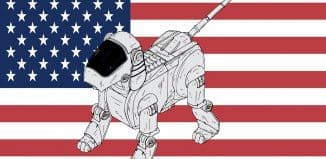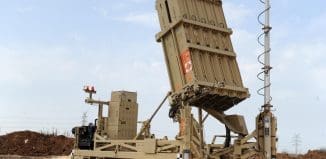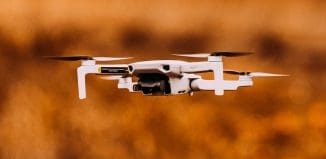US Marines Want Autonomous Robotic Teams
This post is also available in:  עברית (Hebrew)
עברית (Hebrew)
Battle robots are still not a reality, and one of the things holding them back is that they’re not really autonomous. To be truly useful, robots have to be more like teammates, and not human-driven advanced carts. This is exactly what the US Marine Corps (USMC) and the US Department of Defence (DoD) are trying to achieve.
When a robot, like one used for ordnance disposal, has to be used, operating it takes at least one soldier out of the action, USMC Colonel Jim “Jinx” Jenkins told an audience at the Association for Unmanned Systems International’s XPONENTIAL conference. While these operators are engaged with the robots, they are taken out of the fight, are defenceless, and take up precious human resources to defend them.
“A marine is driving, so we haven’t improved our manpower situation, and sometimes it costs more manpower,” he said. “We need to move toward autonomy” so that soldiers can carry out their normal duties while autonomous, collaborative machines assist their operations.
To this end, the Marines have set up the Unmanned Tactical Autonomous Control and Collaboration (UTACC) programme to develop systems that will have drones and robots act collaboratively in what Jenkins described as “multidimensional uncrewed system teaming.” The Marines are hoping to develop through UTACC robotic swarms that a single soldier could operate and oversee.
Another aspect that could make robots truly useful on the battlefield is the more natural communication between humans and machines – identifying and responding to voice and gesture commands in the chaos of battle. “We need more intuitive robotic control,” said Jenkins. “How can I make it more like talking to a human?”






























